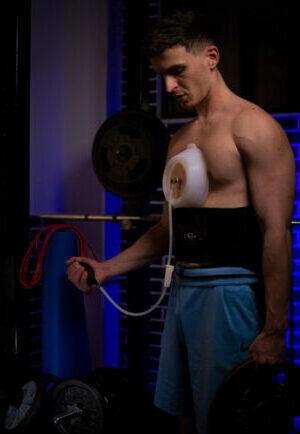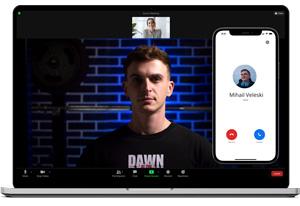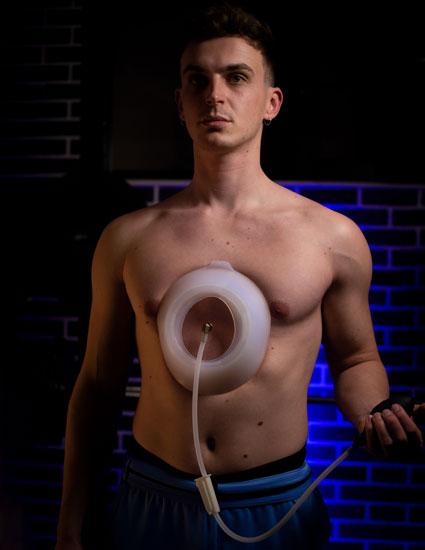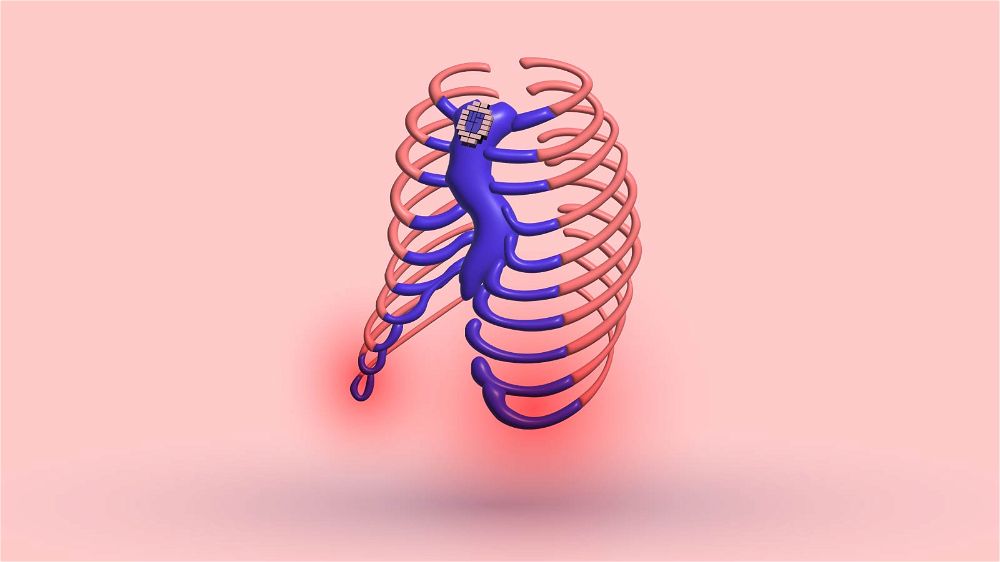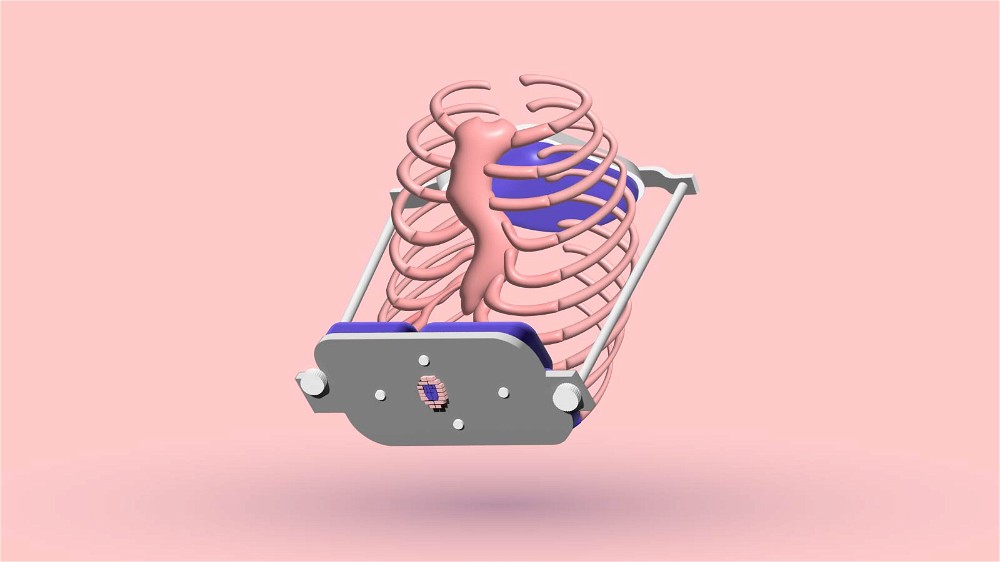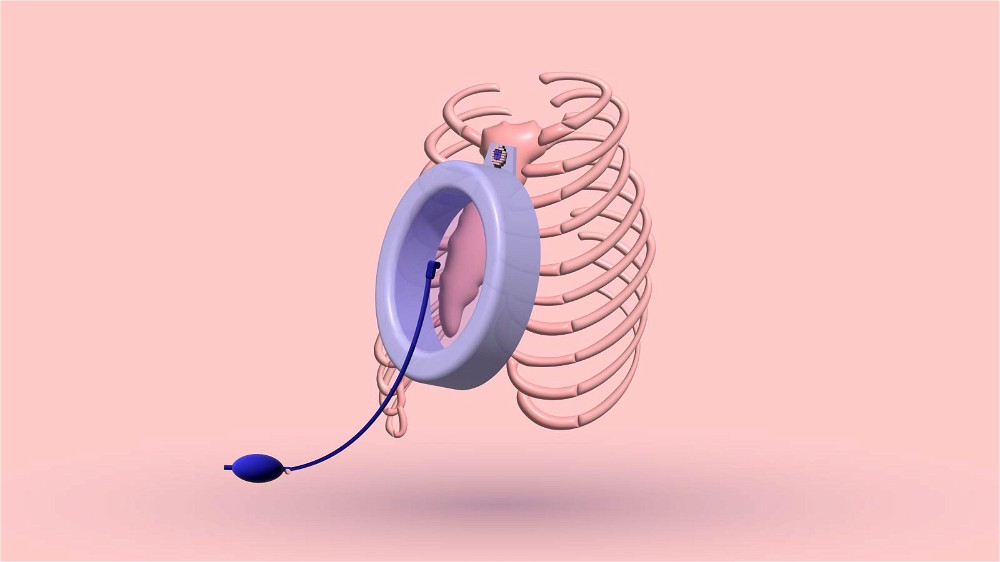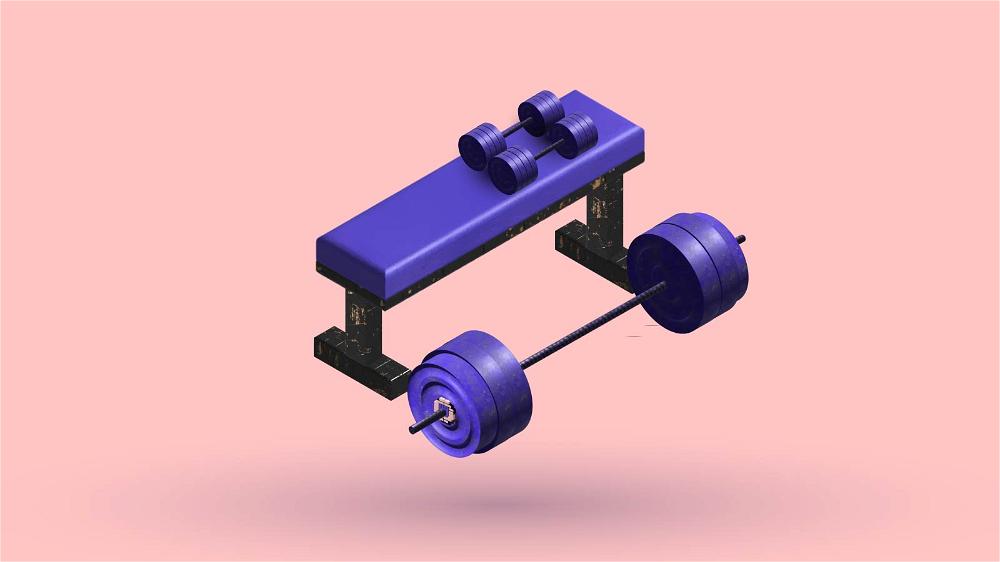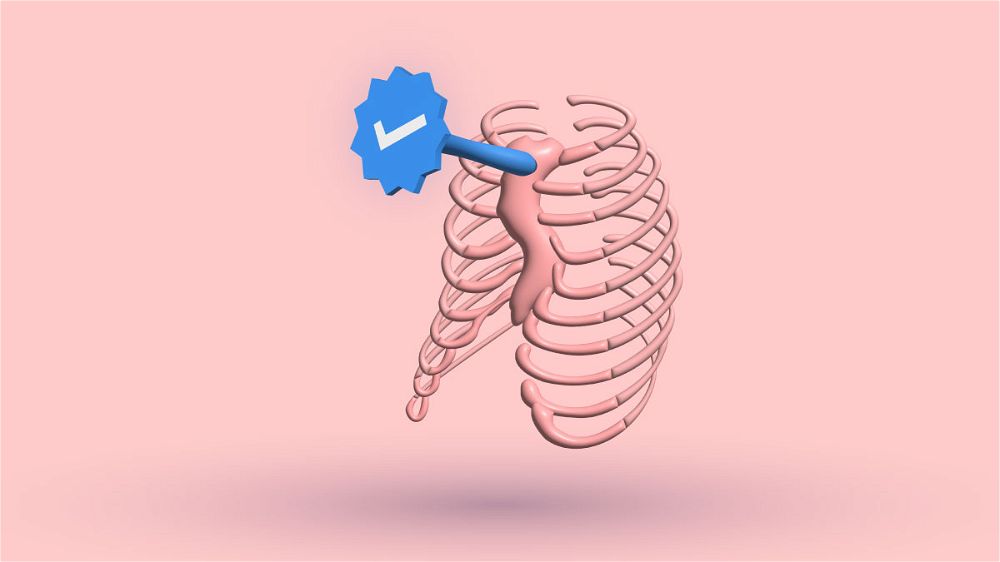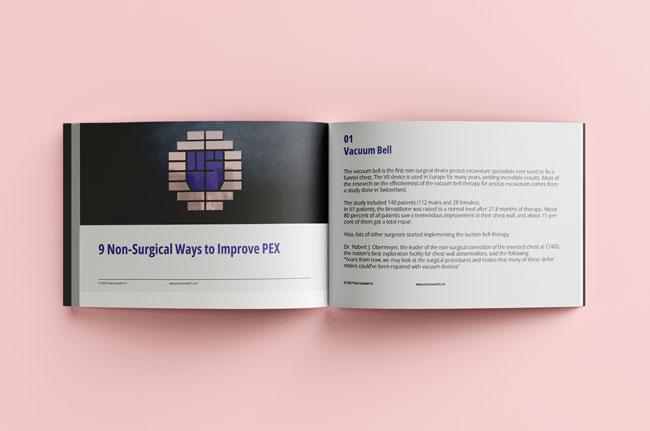The Pectus Up procedure is less talked about on most forums about pectus excavatum. That's probably because it is relatively new, quite expensive, and awaits approval from the FDA, and no surgeon in the USA is doing it.
It is just coming out of clinical trials. It has a reasonable success rate and is even used in patients older than 20 with asymmetrical deformities.
Most surgeons offer only the Nuss procedure because it is minimally invasive and is proven to produce satisfactory results.
The indication for the Pectus UP surgery depends on the patient's age, the severity of the deformity, and the type of deformity of the patient.
Before you know whether you will be an ideal candidate for the surgery, you must be evaluated by an expert pectus excavatum surgeon.
How the Pectus Up Surgery Started
Thus far, the treatment of pectus excavatum was classical Open Ravitch surgery, which took the ribs apart from the sternum and then rebuilt them in an orthotopic position.
Afterward, Dr. Nuss described a new technique that lifted this malformation from inside the thorax with a bar specifically designed for such a condition.
Pectus Up, therefore, thought that if surgeons could lift it from the inside, it could be lifted from the outside. In that sense, they created a medical device and an adequate procedure to make a sternal elevation from the outside, avoiding the risks of entering inside the thorax.
The team at Pectus Up team contacted the company BVentura. This company wanted to initiate a diversification process in the bio-health sector, and they needed an engendering service to finish the development of the medical device. This device was named Pectus Up.
It is a curve stainless steel plate applied and fixed to different points at the sternum. It is adapted to be fitted beneath the skin and, through a series of complementary elements, makes it possible to reduce the severity of a sunken chest.
They have begun with surgeries on children who are their target population. The patient's experience so far has been very positive. The relationship developed between doctors and engineers made mutual trust and respect has been very worthwhile.
The project was an excellent combination of enthusiasm and the spirit of the invention. Another important part was that a company like BVentura with a background in the automotive sector could springboard its experience and training into a field as demanding as health to successfully market products that emerge from the cooperation between two different sectors.
Everything You Need to Know
Pectus Up Surgery Cost
Generally, the average price of the Pectus UP surgery from what I saw from patients who underwent surgery was $15 000.
The price will generally depend on the hospital, which surgeon will do the surgery, the test needed before and after the surgery, the hospitalization period in the hospital, and whether you need to be in ICU.
Pectus Up Surgery Locations
The Pectus Up surgery is done in Spain, Ireland, England, France, Greece, Mexico, Columbia, and a few other countries in South America.
Ideal Age for Pectus Up?
The ideal age for Pectus Up surgery is 12-14 years of age. However, even adult patients benefited from this type of surgery, but this number isn't significant. Results of this surgery are not very positive in very young children, so it is recommended to do it after eight years of age.
What Deformity Type and Severity is Ideal?
The Pectus Up surgery, both mild and severe cases, can be fixed with a high success rate. Also, surgeons can complement this surgery with other types of surgeries.
How Many Patients Underwent Pectus Up Surgery to Date?
As of October 2021, more than 170 patients worldwide have undergone this procedure; the first case was in 2012.
Is the Surgery Painful?
The patient is given general anesthesia in a standard operating room. The procedure is minimally invasive without significant risk.
How Long do Patients Stay in Hospital Postsurgically?
Patients usually stay in the hospital for 1-3 days after the surgery. This mostly depends on the chest wall deformity severity that surgeons corrected.
Does it Cause a Scar?
Yes, the Pectus Up procedure will leave a 3-4 wide horizontal scar on the patient's sternum. This is smaller than the scar from the Ravitch procedure, but it still can look unpleasing on the patient's chest.
What Should I Avoid After Surgery?
Sleeping on the stomach for the first three months, risky physical contact with other people, be careful while twisting the torso, don't lift weights, and don't carry a backpack at least during the first month after surgery.
How Long Does the Implant Stay In
The implant will stay in the patient's chest for about three to four years. If the deformity is severe, it can even last longer than that. Usually, this depends on the patient's age and the surgeon's decision.
What About Plate Removal Surgery?
The plate removal surgery isn't invasive. It requires a short surgical intervention without the need for a hospital stay.
Pectus Up Surgery Side Effects
- The metal plate can dislocate, feel lost under the skin, and can even break
- If you're allergic to metal, there may be an allergic reaction to the implant
- You may experience abdominal pain because your body isn't used to the implant
- infection and wound aggravation
- Recurrence of the deformity after plate removal
- 3-4 cm surgical scar across the chest
- Visible metal plate in thin patients
The Plate Can Be Visible from the Outside
If the patient is skinny, the Pectus Up plate can be visible just underneath the skin on the breastbone. I recommend you see the following pictures to know what to expect after the surgery is done.
Some people dislike this appearance and don't like to undergo this surgery. Others decide to hide it by building muscle mass and gaining weight, making the plate more unnoticeable under the skin.
Surgery Step-By-Step Process
Surgery is customized for each patient according to the information obtained from the CT scan. There are 12 implant sizes. According to CT measurements, its selection depends on the distance between the costal arch. Among these 12 sizes, only three are selected in the operating hall.
1. Drawing
Once the right implant is chosen, a drawing on the patient's skin is drawn with the Number 1.
The end of the sternum to the void starts with Number 2.
The central point of the implant where the incision will be made is Number 3.
Implant length distance between both ends gives the perfect pectoral pocket required to introduce the implant. It is essential to draw both sides as guidance to keep along with the children's alignment.
2. Initial Cutting
Usually, a 4-5 cm incision is made horizontally. Dissection of the pectoral muscle is followed by creating a sufficient pectoral pocket to fit the implant underneath it.
The left pocket is larger than the right one to introduce the implants. Once the implant fits in the pocket properly, a mark at the central point is made with the diathermy to establish the lifting point.
Then the implant is removed. Wires are placed trans sternally. Wires are hidden in the design grooves of the implant. The lifting system must be introduced in the sternum without going through the second cortex.
3. Drilling
Drilling is the first step. Surgeons use a number six and then a number eight drill bit. It is essential to drill more minor than the sternum depth measured at the CT scan.
To do so, the drill limiter must be used and set at the correct depth before drilling. The implant is introduced again at the desired position. Steel wires are placed on the sides and top, and bottom.
The lifting system is composed of an anchor plug and expandable screw. Both components are assembled together. Then surgeons introduce them to the hole drilled previously.
4. Anchor Block Expansion
The next step is to expand the anchor block, turning the expandable score five to six turns counterclockwise. This operation increases the fixation to the sternum and its pulling force. Its expanded position is displayed in the right corner. At this point, surgeons are ready to elevate the sternum to lift it.
Surgeons assemble the score to the pyro thread. Both components are connected to the threaded end that protrudes from the expanding screw. Then, surgeons turn the thread until it reaches the plate.
They hold the power screw with the line with the purple flat wrench with the chewy key. Each complete turn of the power thread equals two millimeters of lifting. From the CT scan, the measurement turns are already forecasted.
Lifting is done in two steps for more excellent safety. At the end of each stage, wires are twisted as part of the fixation system.
5. Last Step
The last step ends when the sternum has contact with the implant, so fixation screws are introduced in each implant hole. Fixation screws combined with the wires already twisted ensure correct fixation of them.
Finally, the lifting system is removed, and the anchor block before. Before surgeons do that, they must bring it back to its closed position. The remaining hole is filled with bone wax. The pectoral muscle is sutured right before closing the incision drainage must be set to avoid a seroma.
The patient has stayed 48 hours at the hospital, and ICU is not required.
Surgeons in the UK
In the UK, few surgeons are trained to perform this surgical procedure:
- Dr. Shyam Kolvekar - https://kolvekarpractice.co.uk/
- Dr. Joel Dunning - https://www.joeldunning.co.uk/
- Prof. Karen Redmond (Ireland) Admin@thoracictransplant.com
- Dr. Nagarajan Muthialu - Nagarajan.Muthialu@gosh.nhs.uk
Patient's Son Experience
I read a review from a patient who had his son operated on with the Pectus Up Surgery in Barcelona, Spain. The inserted plate shifted, and the kid was in extreme pain. The plate could be seen beneath his skin, which wasn't comforting.
The surgeon who did the surgery in Barcelona hardly replied to their worried messages. They tried for months to schedule the surgery to remove the dislocated plate in Barcelona. Then they reached out to Dr. Kolvekar in London, and he immediately responded to their messages, even scheduling the surgery in a few days.
Surgeons did the surgery perfectly, and surgeons correctly set the plate back in place. They initially thought that the repair for the pectus excavatum failed when the plate was dislocated. However, now that the container is removed, the user's son's chest looks fantastic and is doing well.
They are delighted with the outcome of the Pectus Up surgery and say it was very worth it to avoid the risk and pain of the Nuss procedure. They couldn't recommend Dr. Shyam Kolvekar enough for the Pectus Up surgery at the St. Bartholomew hospital.
The kid went from running for an hour on the treadmill and lifting weights to being unable to walk a block without sitting on the sidewalk when the pectus excavatum deformity worsened in puberty. After the surgery, he could take a deep breath for the first time and be able to run again within two months.
Dr. Kolvekr in London advocates more scientific research to determine the appropriateness of the individual's anatomy.
Patient's Experience in Greece
A male patient who underwent the Pectus Up surgery in Greece immediately regretted having undergone this surgery.
He posted his experience on a Facebook group about pectus excavatum. He said the plate looked like it was trying to break out his skin. Also, surgery did not help his pectus excavatum deformity at all. He also said that he has a lawyer handling his situation.
However, more research and information about this problem will be ideal. Based on one person's testimonial, don't stay away from the Pectus Up surgery.
There are many negative testimonials about the most popular pectus excavatum surgeries, such as the Nuss and Ravitch procedure, even with fatal outcomes.
Pectus Up Vs. Nuss Procedure
The patient's post-surgical recovery is faster than reported in the Nuss procedure. Patients are usually off pain medications after ten days.
The patients report a sense of tightness or dull ache if they do anything pushing the sternum too forward. The range of motion is impressive, and laying on the side shouldn't be a problem. The pectoral muscles need some getting used to the plate underneath them after the surgery.
You can get back to full-time strength training after two months. This is sometimes not the case with the Nuss procedure, which can take longer to recover from.
This type of surgery is believed to be less invasive, simpler to perform, and less dangerous because the risk of internal organ damage is lower than the Nuss procedure.
2 Sources
- Home [Internet]. Pectusup. [cited 2022 Dec 4]. Available from: https://pectusup.com/
- Kolvekar Practice | Consultant Cardiothoracic Surgeon | London | Dr Shyam Kolvekar [Internet]. Dr. Shyam Kolvekar - Consultant Cardiothoracic Surgeon. [cited 2022 Dec 4]. Available from: https://kolvekarpractice.co.uk/


